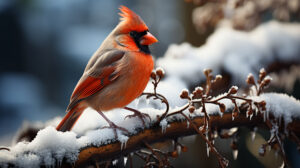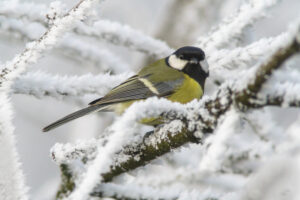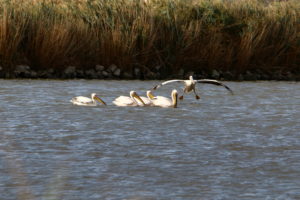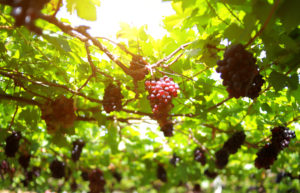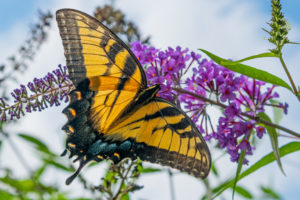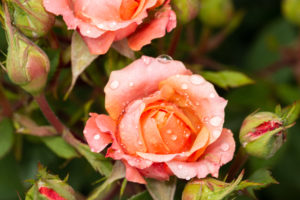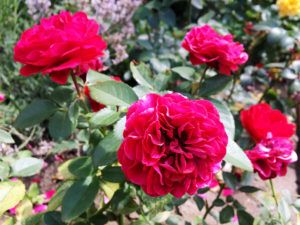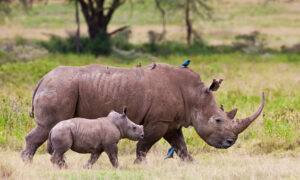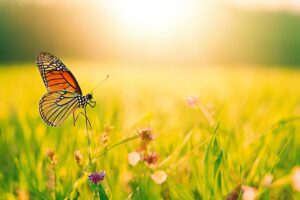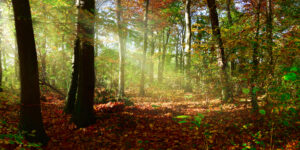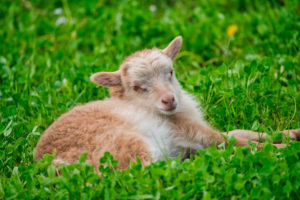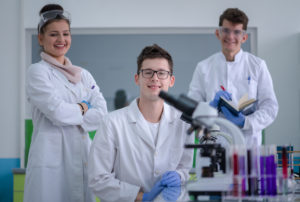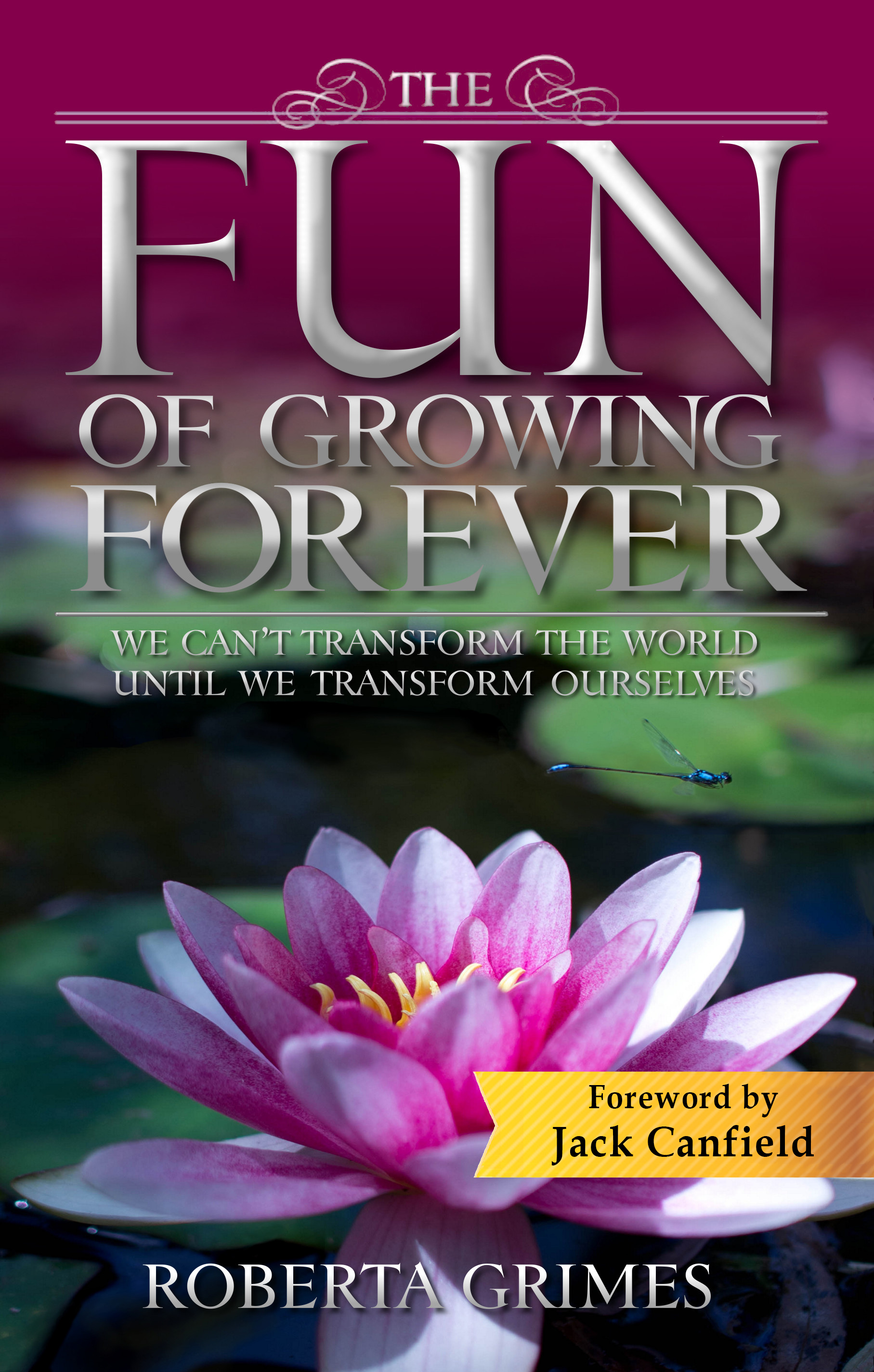Whether I’m right, or whether I’m wrong,
Whether I find a place in this world or never belong,
I gotta be me! I’ve gotta be me!
What else can I be but what I am?
I want to live, not merely survive.
And I won’t give up this dream of life that keeps me alive!
I gotta be me, I gotta be me,
The dream that I see makes me what I am!
That far away prize, a world of success
Is waiting for me if I heed the call!
I won’t settle down, won’t settle for less
As long as there’s a chance that I can have it all!
– Walter Marks, from “I’ve Gotta be Me” (1968)
 The most vexing problem with atheism as a system of belief is that those who want to espouse it have to ignore the fact that there is so much good evidence against it. Although if an atheist is just someone who denies that there ever has been an actual Moloch who demanded that everyone’s firstborn must be thrown into the fire in his belly, or if an atheist is someone who denies that the old man with the long white beard painted on the ceiling of the Sistine Chapel is an accurate depiction of the living God, then I guess that I am an atheist as well. Go ahead and sign me up. And of course, in discussing atheists we are not including agnostics, who simply say that they cannot be sure so they choose to think about something else. Well, fair enough. Keeping an open mind is an admirable position. But incredibly, in this day and age there still are some actually out-there, loud-and-proud people who claim to be flat-out atheists. As in, they insist that there is not, and there never has been an actual Creator God. They therefore take the position that everything that we see around us now can reasonably be claimed to have arisen randomly, from out of nowhere, and there is no intelligent creator behind it.
The most vexing problem with atheism as a system of belief is that those who want to espouse it have to ignore the fact that there is so much good evidence against it. Although if an atheist is just someone who denies that there ever has been an actual Moloch who demanded that everyone’s firstborn must be thrown into the fire in his belly, or if an atheist is someone who denies that the old man with the long white beard painted on the ceiling of the Sistine Chapel is an accurate depiction of the living God, then I guess that I am an atheist as well. Go ahead and sign me up. And of course, in discussing atheists we are not including agnostics, who simply say that they cannot be sure so they choose to think about something else. Well, fair enough. Keeping an open mind is an admirable position. But incredibly, in this day and age there still are some actually out-there, loud-and-proud people who claim to be flat-out atheists. As in, they insist that there is not, and there never has been an actual Creator God. They therefore take the position that everything that we see around us now can reasonably be claimed to have arisen randomly, from out of nowhere, and there is no intelligent creator behind it.
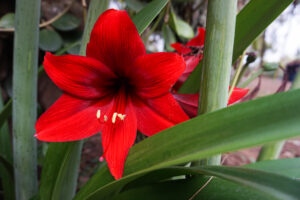 Perhaps I ought not to say this so bluntly, but here is a well-proven fact: to be that brand of atheist today is a fool’s errand. And this statement includes even the famous atheists who believe that they are on the side of science. Indeed, atheism as a belief-system is as much of a nonsensical religion positioned against the scientific evidence as is Christianity. It is juvenile nonsense for atheists to still remain atheists while they stand surrounded by abundant evidence for the fact that an extraordinarily complex reality in fact does exist, and apparently it has existed and been stable for billions of years, and despite its tenuousness and its appalling instability it amazingly remains remarkably stable. But yet those who fondly espouse atheism continue to say that we must not inquire into what caused this reality to exist in the first place, and nor is it permissible for us to wonder what maintains this reality in such stability, simply because we long ago chose to name its hypothetical first cause “God.” Well, okay then. Let’s play the atheists’ game. Let’s give God a friendly nickname, since we know that God won’t mind. From now on we will simply call God “the Uncaused Cause.”
Perhaps I ought not to say this so bluntly, but here is a well-proven fact: to be that brand of atheist today is a fool’s errand. And this statement includes even the famous atheists who believe that they are on the side of science. Indeed, atheism as a belief-system is as much of a nonsensical religion positioned against the scientific evidence as is Christianity. It is juvenile nonsense for atheists to still remain atheists while they stand surrounded by abundant evidence for the fact that an extraordinarily complex reality in fact does exist, and apparently it has existed and been stable for billions of years, and despite its tenuousness and its appalling instability it amazingly remains remarkably stable. But yet those who fondly espouse atheism continue to say that we must not inquire into what caused this reality to exist in the first place, and nor is it permissible for us to wonder what maintains this reality in such stability, simply because we long ago chose to name its hypothetical first cause “God.” Well, okay then. Let’s play the atheists’ game. Let’s give God a friendly nickname, since we know that God won’t mind. From now on we will simply call God “the Uncaused Cause.”
And we also ought to call atheism what it actually is. It calls itself a word which simply means not-God-ism, but that word misrepresents what atheists apparently believe. When you read their literature, you find them claiming that nothing in particular created the amazingly complex and profoundly beautiful reality that we can see around us now, which means therefore that all of what we see must have happened randomly. Never mind even talking about the stars! No need to bother to mention the exquisite beauty of a baby’s face! When her cat knocked over and wrecked my lovely amaryllis right before Christmas, my daughter as an apology fetched from the trash at our nearby Home Depot a half-dozen amaryllis bulb rejects, which was all that they had left. The bulbs looked hopeless, sprouted but white and dry and nearly dead in their boxes. My husband planted the two that didn’t come with pots, and I hopefully watered them all. And now, a month later, my office’s bow window is full of green stalks topped with buds that are opening to reveal gigantic bright-red flowers. I look at those plants which would all be dead if we hadn’t given them their chance at life, and I plan to do this every year!
 But to atheists, all this easy and abundant life can only have sprung from nothing. My God, dear atheists, just look in the mirror! Honest scientists will tell you that our universe is fine-tuned for life. But this wonderful universe that the rest of us share is not the same universe in which committed atheists exist. They themselves somehow uniquely find themselves living in a universe which just gradually, randomly appeared from out of nowhere, and for no reason after it randomly appeared it simply grew like Topsy and without any form of intelligence guiding it. So let’s call their belief-system what it actually is. We will henceforth call atheism “nothingism.”
But to atheists, all this easy and abundant life can only have sprung from nothing. My God, dear atheists, just look in the mirror! Honest scientists will tell you that our universe is fine-tuned for life. But this wonderful universe that the rest of us share is not the same universe in which committed atheists exist. They themselves somehow uniquely find themselves living in a universe which just gradually, randomly appeared from out of nowhere, and for no reason after it randomly appeared it simply grew like Topsy and without any form of intelligence guiding it. So let’s call their belief-system what it actually is. We will henceforth call atheism “nothingism.”
To me, simply the previous few paragraphs should be sufficient to demonstrate the folly of nothingism as a system of belief. However, perhaps the one particular famous nothingist that I have in mind but I have not named in reverence for his venerable age might need more persuading that his whole life’s work has been an exercise in absurdity. So let’s offer him some more specific evidence:
- Something must have caused this material universe. Since the universe demonstrably exists, something must have been its original mover. To say that the universe arose randomly is a considerable stretch for nothingists to make, in view of all the points given below which strongly imply that some level of intelligence and elemental thinking and planning has been involved. To simply say that you don’t know makes you an agnostic, but you, my dear fellow, claim to be a resolute atheist. And just as a point of observation, in nature we notice that anything that is random soon atrophies away. It doesn’t linger long enough for it to develop into something. Or else it seems never to arise in the first place.
- Nothing in the universe is solid. Now, if this universe all were entirely random, it is hard to imagine how random particles, having sprung from out of nowhere and being entirely random and unguided, might have organized themselves into atoms at all, when even the simplest atoms which make up this universe have some level of a design element to them. What explanation might you offer for even the elemental organization and design of atoms? And never mind how those random atoms might then have come together and organized themselves into various types of molecules, and those molecules might eventually have come together to form planets and stars. And, long after that, what about living cells and the bodies of complex creatures like people? My goodness, sir, your whole amazing body with its complex internal organs is still 99.9999999% empty space.
- Many scientists believe that the universe is fine-tuned to support life. Not only is it inconceivable for something to have come from nothing, but once scientists had identified the universe’s source in a Big Bang to their own satisfaction, many of those who have made their careers in studying the universe’s origins began to note that out of the nearly infinite number of ways in which it could have developed from there, this universe seems in the manner in which it has developed to be exquisitely fine–tuned to be able to support life. The argument from design is often a religious argument, but it need not be even remotely religious.
- Nothingism is a cop-out when we attempt to answer what is really the ultimate question. How did life on earth begin? Scientists still cannot spark life to happen in a laboratory experimentally. And for them to then show how life, once it had entirely randomly been sparked, could then entirely randomly have remained alive long enough to altogether randomly have developed into a single-celled organism, with all of a cell’s essential component parts, and never mind into a multi-trillion-celled and entirely randomly-assembled human being, even in a trillion, trillion years of randomness, without any guiding intelligence behind the process at all, really more than beggars the imagination. Moving from the random life-spark to the sustainable living cell with no intelligence involved seems to be where the big leap of faith in nothingism truly lies.
- We are in contact with dead people, who turn out not to be dead after all. I am sorry to break this news to you so abruptly, my dear nothingist friend, but while you were spending your life being a famous nothingist and championing your impossible belief, there were others of us who were studying a body of knowledge that, once it is more broadly known, will bring a new age of enlightenment and joy and a fundamental freedom from fear to all the world. Thousands of thoroughly verified communications from the dead received through physical mediums primarily in southern England and in the eastern United States between the 1850s and the 1930s all report to us in detail on precisely the same afterlife reality. Such close agreement across all the evidence received independently in two different areas of the world would not be possible if the afterlife were not real. And now, as the veil amazingly thins, daily contact with those that we used to think were dead is becoming almost commonplace. So ours is the first generation to be able to demonstrate with certainty that all our lives are in fact eternal.
- We have discovered where in relation to the earth the not-actually-dead happily go on living their eternal lives. Those of us who are not tied to any religion, and also are not professionally policed by the scientific gatekeepers, the university departments and the peer-reviewed journals, are beautifully free to put together all the widely available public information. And in doing that, we can make some truly wonderful discoveries! We who have done considerable afterlife research know that the not-really-dead are physically in the same place that we are, but just at higher energy vibrations, much as television programs are all available on one television set but just on various different channels. And we also know that scientists have discovered that our universe is composed of roughly 5% ordinary matter, 27% dark matter, and 68% dark energy, all blended harmoniously together. There is nothing sinister about those “dark” components of course, but it is just that they are not material, so they don’t react with photons of material light. And amazingly, the proportions are precisely right for “dark matter” to be what we refer to as the astral realities, which are humankind’s eternal home. As for “dark energy”? Perhaps that might in fact be our beloved “Uncaused Cause.”
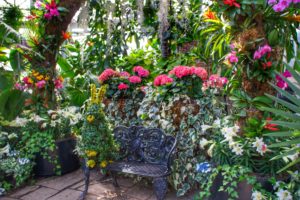 René Descartes (1596-1650) was a French philosopher, scientist, and mathematician who can help to shed some material light on this subject. He said, “Cogito, ergo sum.” Or, being French, what he actually said was, “Je pense, donc je suis.” But Descartes lived in a more pretentious time, so he ended up becoming eternally famous for having said his immortal words in Latin. And Descartes’s point was this: in any language, “I think, therefore I am” is an undeniable fact. We belittle that fact, however, and we belittle and trivialize ourselves when we attempt to make less of our existence on this little speck of matter in the five percent of the greater reality which is the only infinitesimal bit of it which is material, and in the tiny bit of time that we will have to live on this bit of matter. To choose to be a nothingist is to choose to make nothing of yourself.
René Descartes (1596-1650) was a French philosopher, scientist, and mathematician who can help to shed some material light on this subject. He said, “Cogito, ergo sum.” Or, being French, what he actually said was, “Je pense, donc je suis.” But Descartes lived in a more pretentious time, so he ended up becoming eternally famous for having said his immortal words in Latin. And Descartes’s point was this: in any language, “I think, therefore I am” is an undeniable fact. We belittle that fact, however, and we belittle and trivialize ourselves when we attempt to make less of our existence on this little speck of matter in the five percent of the greater reality which is the only infinitesimal bit of it which is material, and in the tiny bit of time that we will have to live on this bit of matter. To choose to be a nothingist is to choose to make nothing of yourself.
When my daughter brought those six amaryllis bulbs home with their dead-white tops twisted helplessly in their boxes, as they first were fished out of the trash they looked hopeless. My son laughed at them. One of them even, desperately, was trying to open a flower into the dry dirt in which it had been planted. I work in my office’s bow window with my laptop, so I got to watch those plants recover. They untwisted themselves, but slowly. They gradually filled with green chlorophyll. As the stalks started to grow, and then the buds swelled, each plant seemed to realize with a relief I could feel from feet away that at last it was going to get to become what it always had been meant to be. I grow, therefore I am! And don’t minimize the fact that on some elemental plant level they now feel loved. So now I see before me each day only whole and beautiful amaryllis plants in bloom. You cannot even tell that these ever were the pathetic rejects that were rescued from the Home Depot garbage just a few weeks ago.
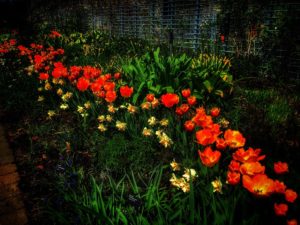 The question of whether there must be an Uncaused Cause is settled. No scientist rationally disputes the fact that the universe exists, it is 13.7 billion years old, and it is and still remains stable against what are now scientifically established to be monumental mathematical odds against its ongoing stability. So something must have caused this universe, and something must be maintaining its stability! But scientists still refuse to take seriously what seems to be the next sensible question. When they are pressed to identify the universe’s Uncaused Cause, their answers generally boil down to something like, “Nobody really knows and shut up.” Or, as the brilliant Rupert Sheldrake sums up the general scientific attitude, “Just give us one free miracle and we’ll explain the rest.”
The question of whether there must be an Uncaused Cause is settled. No scientist rationally disputes the fact that the universe exists, it is 13.7 billion years old, and it is and still remains stable against what are now scientifically established to be monumental mathematical odds against its ongoing stability. So something must have caused this universe, and something must be maintaining its stability! But scientists still refuse to take seriously what seems to be the next sensible question. When they are pressed to identify the universe’s Uncaused Cause, their answers generally boil down to something like, “Nobody really knows and shut up.” Or, as the brilliant Rupert Sheldrake sums up the general scientific attitude, “Just give us one free miracle and we’ll explain the rest.”
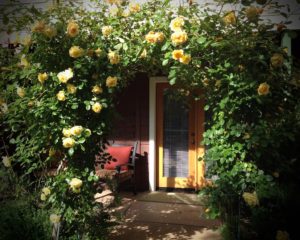 The pioneering father of quantum mechanics, Max Planck, said in 1931, “I regard consciousness as fundamental. I regard matter as derivative from consciousness. We cannot get behind consciousness! Everything that we talk about, everything that we regard as existing, postulates consciousness.” And Jesus said two thousand years ago, “God is Spirit, and those who worship Him must worship in spirit and in truth” (JN 4:24). Even a thousand years before Jesus’s birth, the forebears of His earthly body knew that “The eternal God is a refuge, and underneath are the Everlasting Arms” (Deut 33:27). The Consciousness that both the ancient Hebrews and Max Planck discovered, and that Jesus called “God,” and that you and I might just as easily call “the Uncaused Cause” is living and infinitely creative Energy. And the fact is now being discussed more and more seriously among scientists that of course Consciousness does not originate inside the human brain! Of course not, even though the sillies who pass for scientists at this point in the United States are now spending more than a billion dollars trying to find its source in there somewhere. No, instead our brains only receive and transmit Consciousness, which makes these material bodies of ours nothing more than avatars that we use while we are having our brief earth-lives. And meanwhile, early in the twenty-first century God is steadily more and more revealing Godself to us, and God is perfect and infinite Love! Look again at that pie chart of the universe as scientists have come to understand it. In reality, of course, all three components are variously blended together. And sixty-eight percent of our universe is looking more and more as if it is going to turn out to be the Uncaused Cause. We live surrounded by, immersed in, and actually composed of God’s infinite Love.
The pioneering father of quantum mechanics, Max Planck, said in 1931, “I regard consciousness as fundamental. I regard matter as derivative from consciousness. We cannot get behind consciousness! Everything that we talk about, everything that we regard as existing, postulates consciousness.” And Jesus said two thousand years ago, “God is Spirit, and those who worship Him must worship in spirit and in truth” (JN 4:24). Even a thousand years before Jesus’s birth, the forebears of His earthly body knew that “The eternal God is a refuge, and underneath are the Everlasting Arms” (Deut 33:27). The Consciousness that both the ancient Hebrews and Max Planck discovered, and that Jesus called “God,” and that you and I might just as easily call “the Uncaused Cause” is living and infinitely creative Energy. And the fact is now being discussed more and more seriously among scientists that of course Consciousness does not originate inside the human brain! Of course not, even though the sillies who pass for scientists at this point in the United States are now spending more than a billion dollars trying to find its source in there somewhere. No, instead our brains only receive and transmit Consciousness, which makes these material bodies of ours nothing more than avatars that we use while we are having our brief earth-lives. And meanwhile, early in the twenty-first century God is steadily more and more revealing Godself to us, and God is perfect and infinite Love! Look again at that pie chart of the universe as scientists have come to understand it. In reality, of course, all three components are variously blended together. And sixty-eight percent of our universe is looking more and more as if it is going to turn out to be the Uncaused Cause. We live surrounded by, immersed in, and actually composed of God’s infinite Love.
I’ll go it alone. That’s how it must be.
I can’t be right for somebody else if I’m not right for me.
I gotta be free, I just gotta be free!
Daring to try, to do it or die, I gotta be me!
– Walter Marks, from “I’ve Gotta be Me” (1968)





























